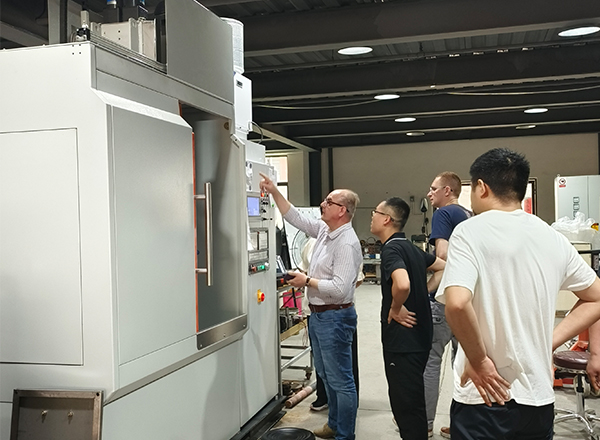
Mold temperature is one of the important process parameters affecting plastic parts. Mold heating can not only effectively eliminate the quality defects of plastic parts, improve the surface quality of plastic parts, but also reduce production costs, shorten the production cycle of plastic parts, and improve production efficiency. There are many ways to heat molds, such as flame heating, electric heating, infrared heating, steam heating, induction heating, etc. At present, one of the more commonly used methods is induction heating.
The induction heating of the mold is divided into external induction heating and in-mold induction heating. Induction heating outside the mold requires an external auxiliary mechanism to place the coil on the surface of the cavity. When the coil is heated to the set temperature, the coil is moved out of the mold for injection. The surface of the cavity is heated, which can accurately adjust the mold temperature.
The induction heating heat treatment of the mold is usually carried out by a high-frequency induction heating machine. Using this equipment for heat treatment of the mold, the heating speed is very fast, and the required temperature can be reached in a few seconds. Such a fast heating speed effectively avoids the occurrence of oxidation and decarburization, and ensures the heating effect of the mold. The final mold can meet the requirements of its work.
According to reports from many manufacturers, the use of high-frequency induction heating machines to heat and heat-treat the molds makes the heating temperature of the molds more accurate, and better, improves the working environment for workers and increases production efficiency.




 en
en  cn
cn  jp
jp  ko
ko  de
de  es
es  it
it  ru
ru  pt
pt  vi
vi  th
th  pl
pl 



















